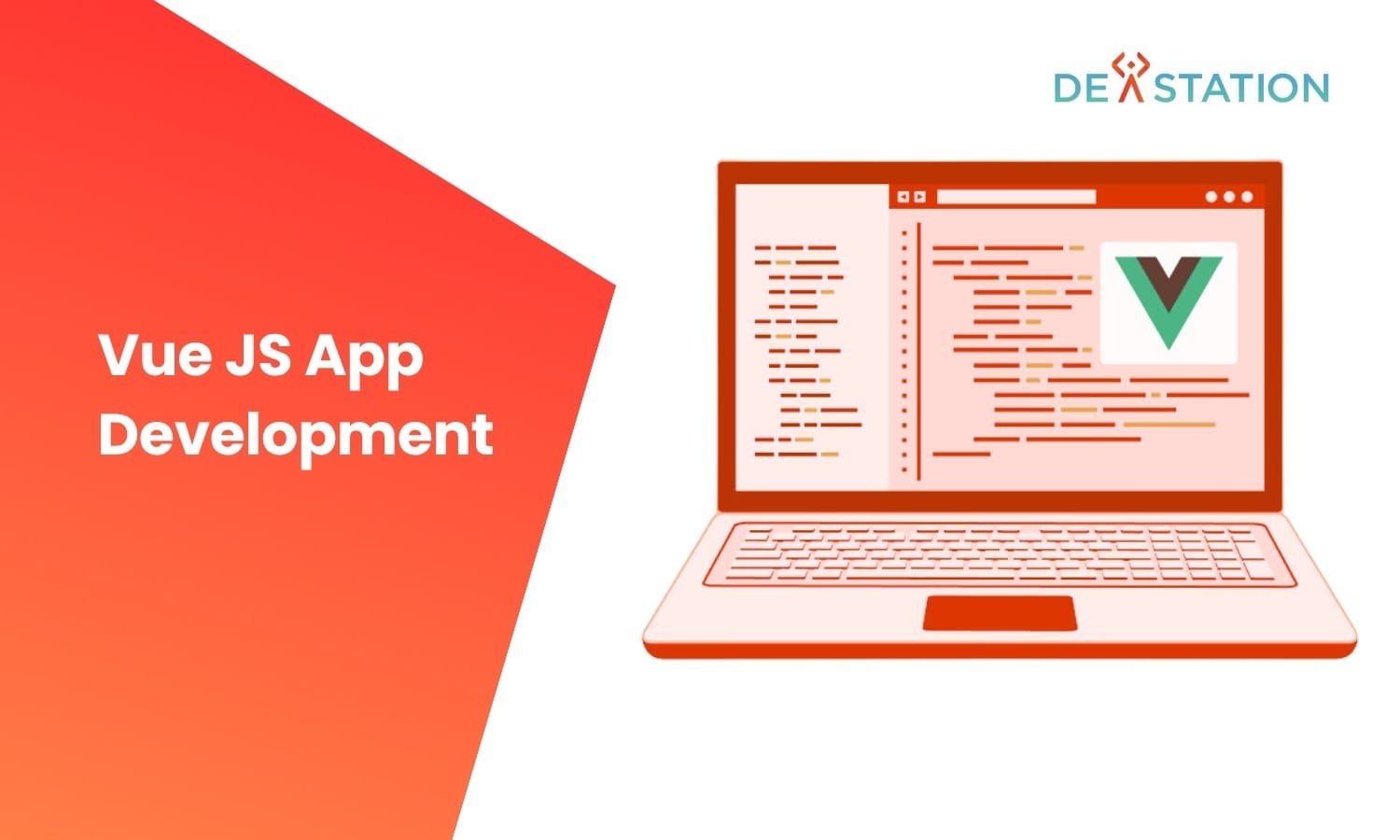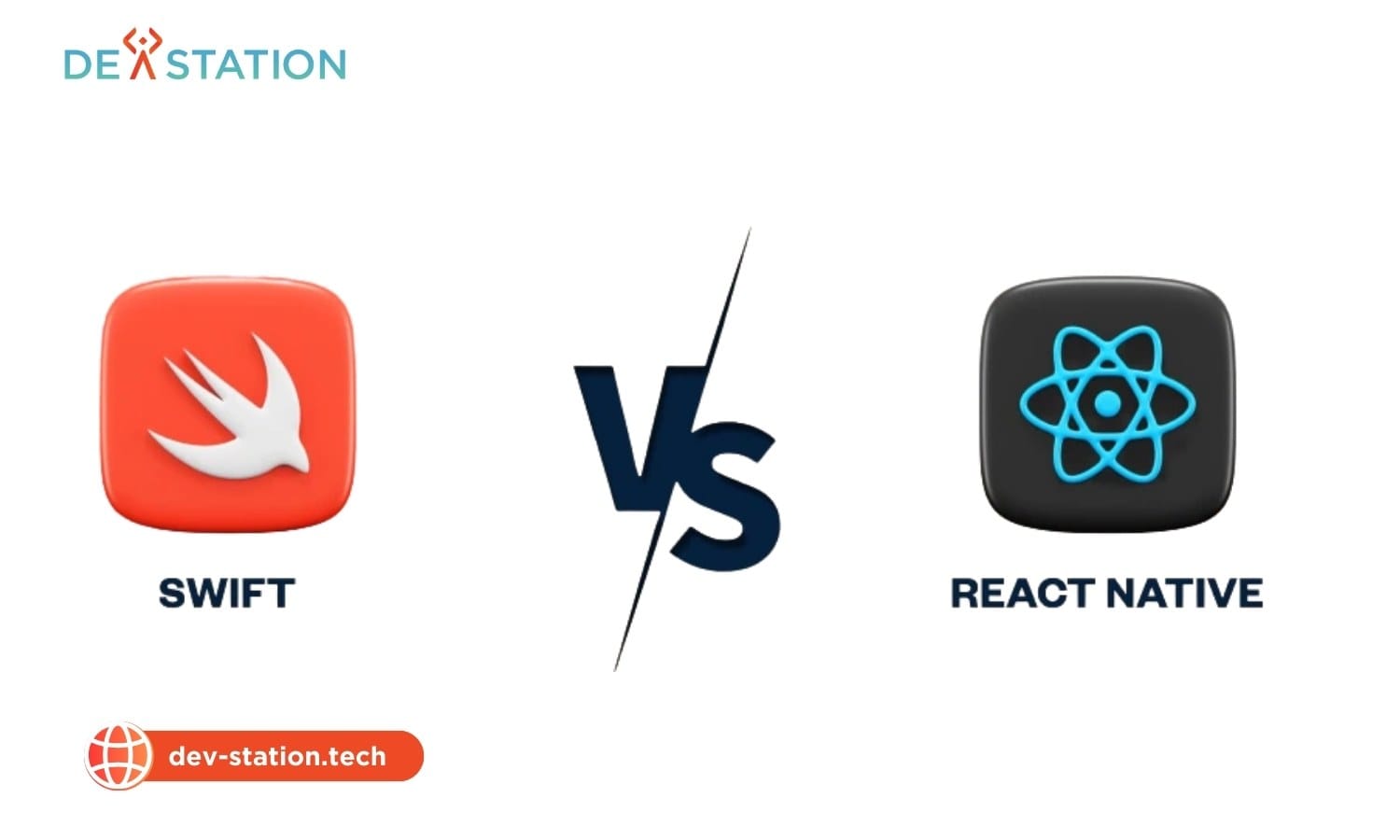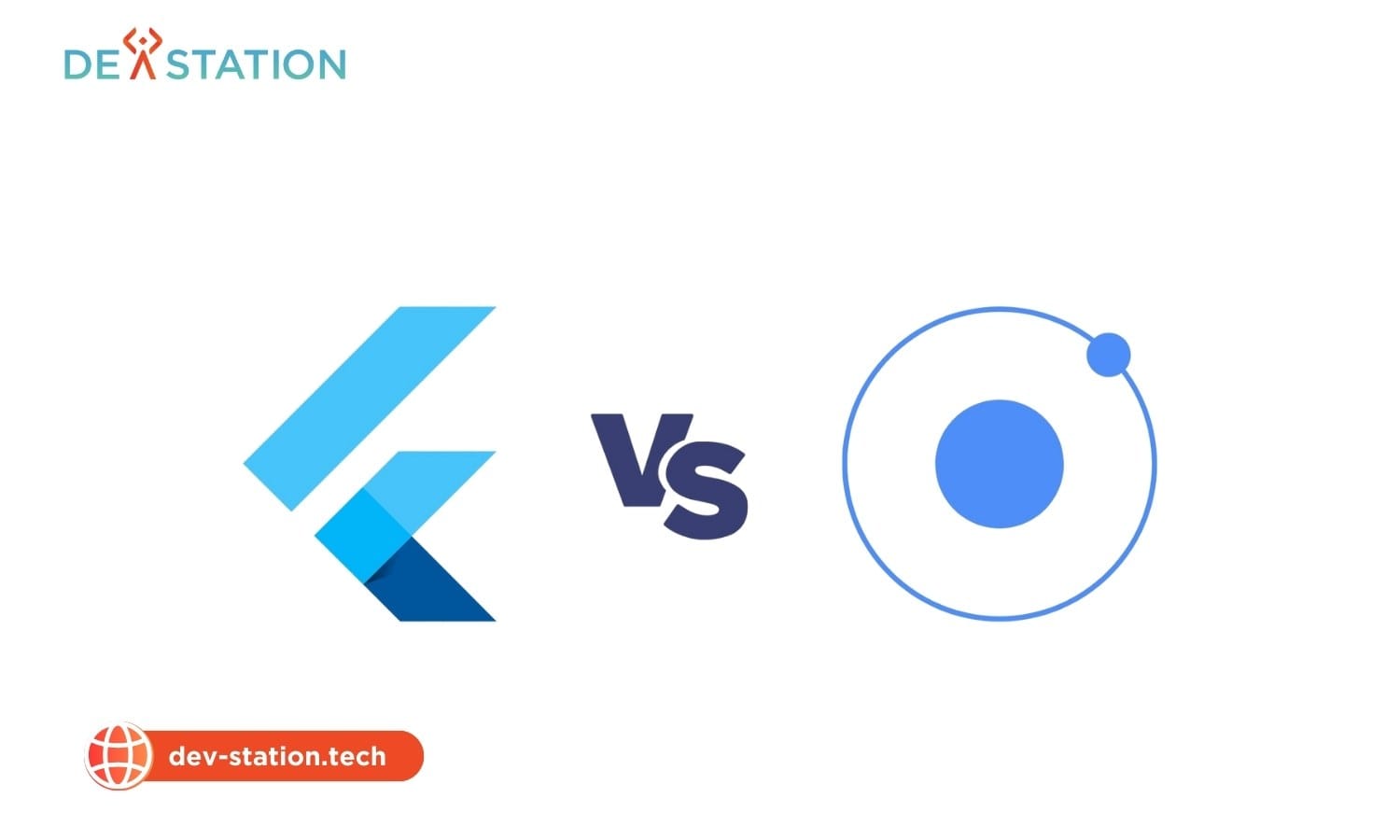Building dynamic web applications requires tools that balance power with simplicity. Progressive frameworks enable teams to create responsive interfaces without overhauling entire systems. This approach has transformed how developers approach front-end projects, particularly when working with evolving codebases.
Unlike rigid solutions, a component-driven architecture lets teams scale features incrementally. Projects can start small with basic UI elements and grow into complex systems. Reactive data binding ensures real-time updates while maintaining clean code structure.
This guide focuses on practical implementation strategies. You’ll learn to integrate a lightweight JavaScript framework into existing workflows seamlessly. The methods shown work equally well for prototyping new ideas or enhancing enterprise applications.
Contents
ToggleKey Takeaways
- Progressive frameworks adapt to project complexity
- Component-based architecture improves scalability
- Incremental adoption reduces technical debt
- Reactive systems simplify state management
- Single-page applications enhance user experience
Introduction to Vue JS App Development
Today’s digital experiences require flexible yet powerful coding approaches. Modern solutions must adapt to evolving needs while maintaining performance across devices. This balance makes progressive frameworks valuable for teams prioritizing scalable outcomes.

Benefits of Using Vue in Modern Web Projects
The framework’s core features shine in complex scenarios. Its incremental adoption model lets teams add functionality without rewriting existing code. Developers appreciate the gentle learning curve paired with deep customization options.
Key advantages include:
- Reusable components that streamline feature integration
- Automatic DOM updates through reactive data binding
- Lightweight builds optimized for fast load times
Progressive Framework and Versatility in Applications
Unlike monolithic alternatives, this toolset grows with your project. Start with basic UI enhancements or build full single-page applications using the same syntax. Teams can mix HTML templates with JavaScript logic for seamless transitions between prototyping and production.
The ecosystem supports multiple state management strategies while offering official libraries for routing. Performance optimizations like virtual DOM ensure smooth user experiences, even as applications scale.
Setting Up Your Vue JS Development Environment
Efficient coding starts with a solid technical foundation. Before diving into project creation, professionals need reliable infrastructure. This foundation ensures smooth workflows and reduces compatibility issues during later stages.

Installing Core Runtime and Package Managers
The process begins with Node.js 18.3+ installation, which powers modern build systems. After downloading from the official website, verify the installation using terminal commands like node -v. Package managers like npm or yarn handle dependency management and script execution.
Consider these popular options:
| Tool | Installation Command | Key Advantage |
|---|---|---|
| npm | npm install -g package | Default with Node.js |
| yarn | corepack enable | Faster installations |
| bun | curl -fsSL https://bun.sh/install | bash | All-in-one toolkit |
Configuring the Command-Line Interface
Global installation of the CLI unlocks project scaffolding capabilities. Run npm install -g @vue/cli to access template generators. The interface offers preset configurations or custom setups for specialized needs.
Once installed, create projects using npm create vue@latest. The built-in Vite server launches on port 5173, providing instant updates through hot-reloading. Pair this with code editors featuring syntax highlighting and browser debugging extensions for optimal results.
Scaffolding a New Vue Application
Modern tools transform project scaffolding from chore to strategic advantage. The create-vue command-line utility accelerates setup while maintaining flexibility. Developers gain a production-ready foundation in minutes, with intelligent defaults that adapt to diverse requirements.
Streamlined Project Initialization
Running npm create vue@latest triggers an interactive prompt system. Users select from essential features like TypeScript support or JSX syntax. This approach eliminates manual configuration while preserving control over technical decisions.
The tool generates a logical directory structure automatically. Core folders for components, assets, and tests appear alongside configuration files. Teams can immediately focus on coding rather than organizational logistics.
Tailoring System Capabilities
During setup, engineers activate specific functionalities through yes/no prompts. Key options include:
- Routing solutions for single-page navigation
- State management libraries for complex data flows
- Testing frameworks covering unit and end-to-end scenarios
Code quality tools like ESLint enforce style consistency across teams. Formatting presets through Prettier reduce merge conflicts in collaborative environments. After configuration, standard command sequences install dependencies and launch the development server.
Crafting Components and Managing Data
Effective digital solutions rely on organized code structures that separate concerns while maintaining flexibility. Component-based architecture delivers this balance by packaging reusable elements with their logic and styling. This method simplifies maintenance and accelerates feature development across projects.
Building Single File Components with <script setup>
Single File Components combine HTML templates, JavaScript logic, and CSS styles in .vue files. The <script setup> syntax reduces boilerplate by automatically exposing top-level declarations. This approach provides full reactivity without manual setup steps.
Data Binding Techniques and Component Communication
Dynamic data binding connects information to visual elements through double braces {{ }} for text interpolation. Attribute binding uses directives like v-bind:class to sync values with HTML attributes. For cross-component coordination:
| Method | Syntax | Use Case |
|---|---|---|
| Props | <Component :data=”value”/> | Parent-to-child data transfer |
| Events | @update=”handleChange” | Child-to-parent notifications |
| Provide/Inject | provide(‘key’, value) | Multi-level component access |
Computed properties automatically update when dependencies change, while watchers execute custom logic during data mutations. Local registration of components optimizes bundle sizes by excluding unused features.
Essential Steps in vue js app development
Building scalable solutions demands structured approaches to code organization and data flow. Two critical processes separate functional prototypes from enterprise-grade systems: component reuse patterns and predictable state handling.
Integrating Reusable Components for Efficiency
Modular design principles transform repetitive tasks into strategic assets. Teams create standardized UI elements like buttons and form fields once, then deploy them across multiple screens. This approach cuts implementation time by 40% in medium-sized projects according to recent case studies.
Key practices include:
- Creating atomic components with single responsibilities
- Using prop validation to enforce data contracts
- Implementing slots for flexible content injection
Implementing State Management Strategies
Centralized data handling becomes essential when coordinating information across multiple interface layers. The store pattern establishes clear rules for modifying shared values, preventing unexpected side effects.
| Method | Purpose | Implementation |
|---|---|---|
| Mutations | Synchronous state changes | Commit through store methods |
| Actions | Async operations | Dispatch API calls first |
| Getters | Computed values | Access via property syntax |
For complex scenarios like real-time dashboards, centralized stores manage API responses and user permissions simultaneously. Time-travel debugging tools track state evolution, making issue resolution faster during testing phases.
Leveraging Advanced Vue Features
Sophisticated web solutions demand tools that evolve with project complexity while maintaining core efficiency. Advanced capabilities transform basic prototypes into enterprise-ready systems through enhanced navigation, robust validation processes, and deployment-ready optimizations.
Streamlining Navigation Patterns
Client-side routing eliminates disruptive page reloads through smart URL management. Parameterized paths adapt to diverse user interactions, while nested structures organize complex interfaces. Programmatic controls enable smooth transitions between application states.
Validation and Performance Enhancement
Comprehensive quality assurance combines automated checks with real-time diagnostics. Developers implement layered testing strategies to maintain reliability across updates. Optimization techniques ensure responsive experiences under varying network conditions.
| Tool Type | Primary Function | Key Benefit |
|---|---|---|
| Unit Testing | Component validation | Isolated functionality checks |
| E2E Testing | Workflow simulation | Real-user scenario coverage |
| Debugging | State inspection | Runtime issue diagnosis |
Production Optimization Techniques
Build processes transform source code into optimized assets through tree-shaking and compression. Environment-specific configurations enable targeted deployments. Performance budgets guide teams in balancing feature richness with load times.
Critical production steps include:
- Asset fingerprinting for cache management
- Lazy-loaded route components
- Security header configurations
Best Practices and Deployment Strategies
Maintaining high standards in modern software delivery requires combining rigorous quality checks with smart deployment workflows. Teams that implement automated systems reduce human error while accelerating release cycles. This approach ensures every update meets performance benchmarks before reaching users.
Ensuring Code Quality with ESLint and Prettier
Automated tools enforce consistency across collaborative projects. ESLint scans for syntax errors and anti-patterns, flagging issues during development. Prettier reformats code to match team-defined styles, eliminating debates over indentation or spacing.
Key integrations include:
- Editor plugins for real-time feedback
- Pre-commit hooks preventing flawed code from entering repositories
- Custom rule sets matching project requirements
Deploying with Continuous Integration
Modern hosting platforms streamline launch processes through Git-based workflows. Services like Netlify automatically rebuild projects when changes merge into main branches. This eliminates manual uploads while maintaining version control.
Popular deployment options offer distinct advantages:
| Platform | Strengths | Best For |
|---|---|---|
| Vercel | Edge network caching | Global audiences |
| Firebase | Integrated backend services | Full-stack projects |
| GitHub Pages | Zero-cost hosting | Documentation sites |
Run npm run build to generate optimized production files. Configure environment variables for API endpoints and security keys. Monitoring tools track uptime and user interactions post-launch, enabling data-driven improvements.
Conclusion
Modern development practices empower teams to deliver robust solutions through structured workflows. By embracing component architecture and reactive patterns, professionals create adaptable systems ready for evolving requirements. The techniques outlined in this guide provide a roadmap for balancing innovation with stability.
Successful projects leverage the framework’s core features while integrating essential tools like routing libraries and state managers. Thoughtful data handling ensures consistent performance across browsers and devices. Teams maintain momentum through automated testing and continuous deployment pipelines.
As applications grow, strategic decisions about component reuse and performance optimization become critical. Developers who master these principles build scalable solutions that adapt to user needs without technical debt. This approach transforms complex challenges into opportunities for creating efficient, future-ready web experiences.





